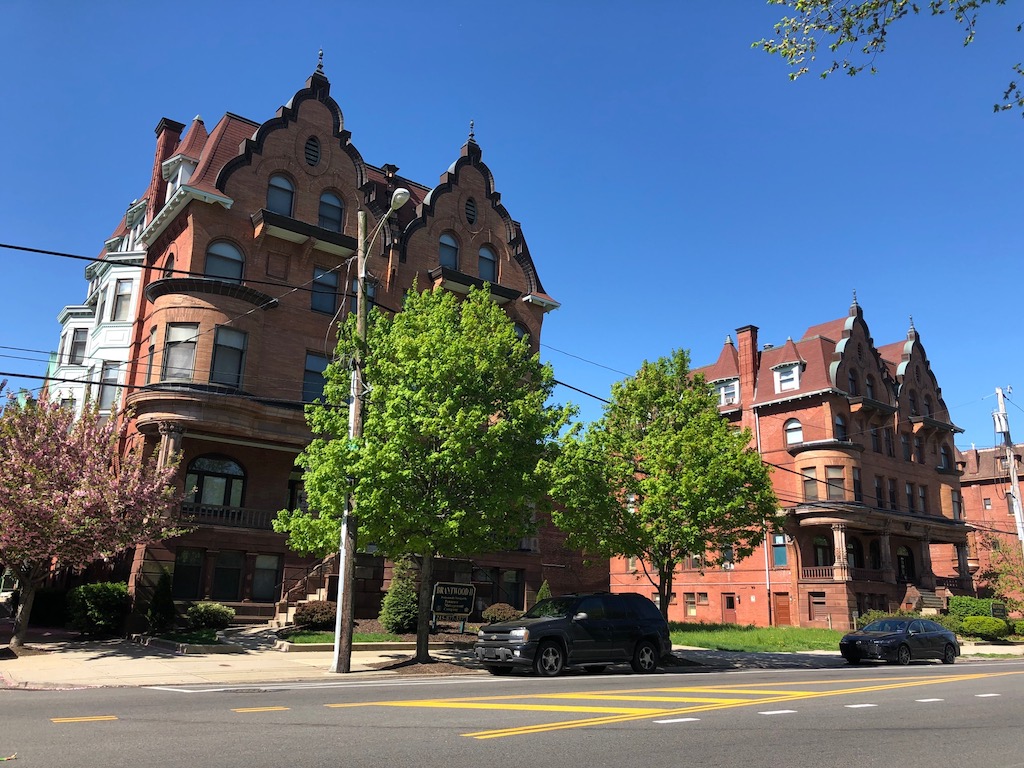If you’ve got kids, you’ve surely visited the Parkside neighborhood, perhaps without even realizing it. Parkside’s boundaries run roughly from the Philadelphia Zoo to 52nd Street, from the railroad tracks in the south to Fairmount Park in the north. You’ve probably visited this neighborhood because of trip to the aforementioned zoo, or maybe to the Please Touch Museum. Please Touch was located in Logan Square for decades and moved to Parkside in 2008, taking over Memorial Hall. This building is a national historic landmark and was constructed as part of the Centennial Exposition, which brought ten million visitors to Philadelphia in 1876. That number is truly staggering when you think about the facts that traveling anywhere was still incredibly complicated and time consuming in those times and also that there were only 40-something million people in America.
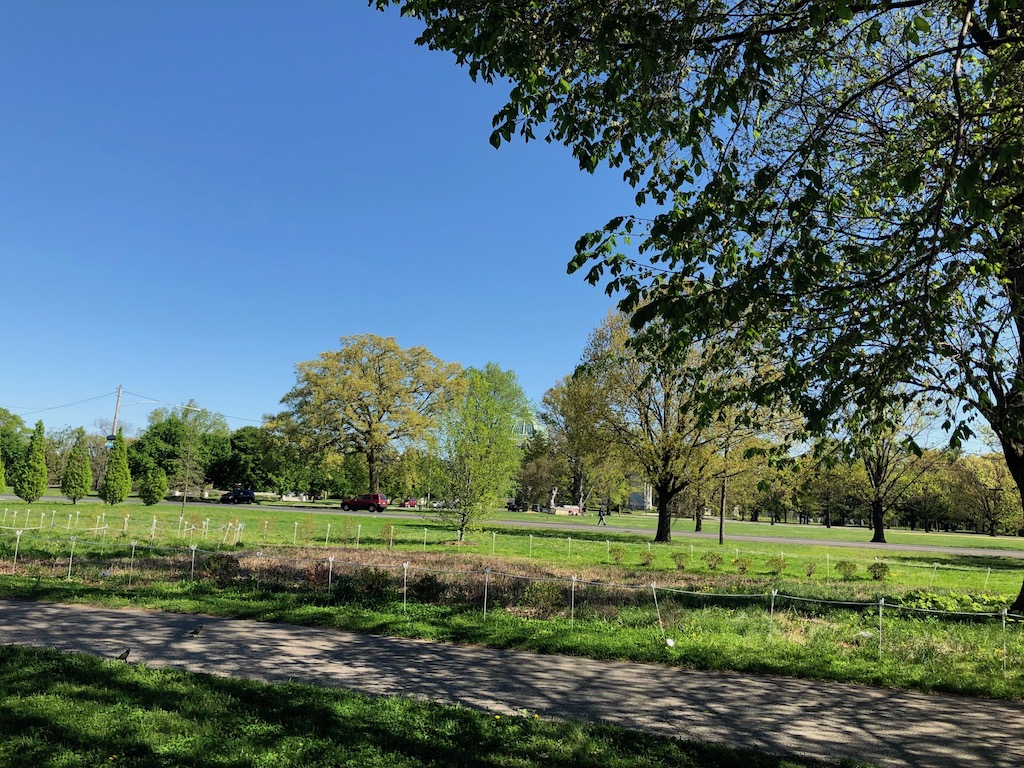
After the Centennial Exposition ended, most of the buildings associated with it were torn down, and the grounds were integrated into Fairmount Park. At that time, there wasn’t very much surrounding neighborhood to speak of as West Philadelphia construction hadn’t yet spread to the area. With the exposure brought to Parkside from the Centennial Exposition, though, that soon changed. According to the Philly History Blog, the city’s population increased dramatically in the last couple decades of the 19th century and downtown congestion created demand for large homes with access to green space. When a trolley line connected to Parkside in 1895, the boom was on. Frederick Poth and Joseph Schmidt, whose names we still remember for their defunct breweries, took the lead in developing this area, capitalizing on the proximity of the zoo, the park, and the Art Museum, which was then located in Memorial Hall. The turn of the 20th century was an amazing time for architecture, and as a result the neighborhood was declared a National Historic District while a section is also on the local Historic Register.
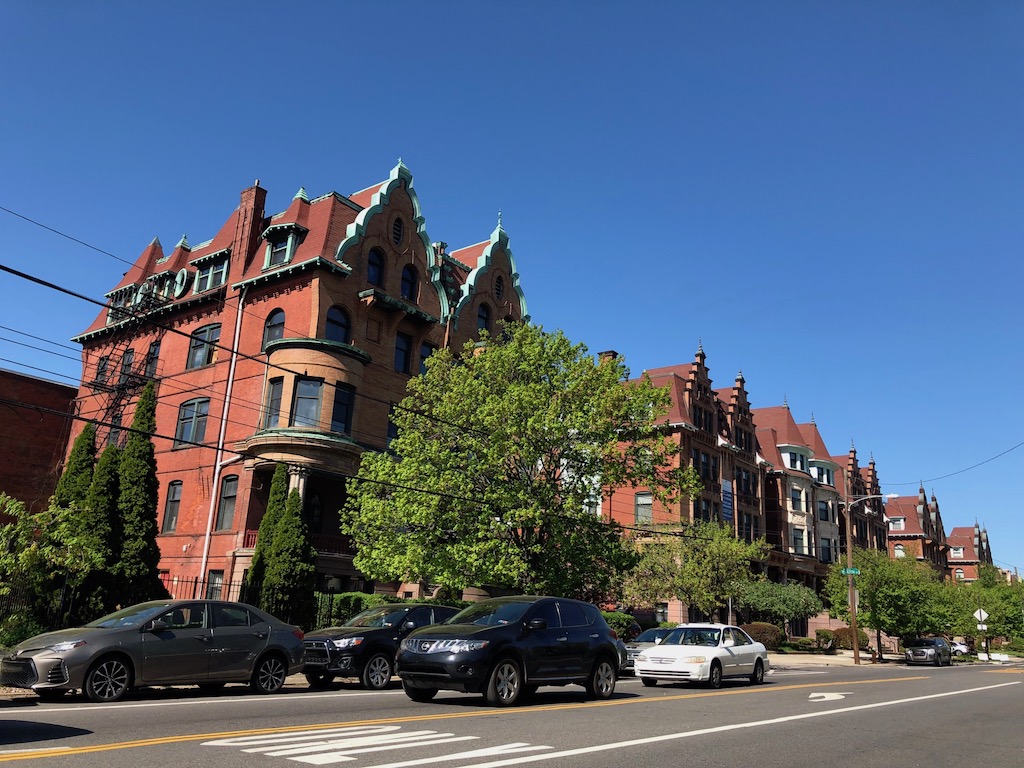
This excerpt from the National Historic Register nomination describes the neighborhood far better than we ever could: “Because the [area within the boundaries of the Parkside National Register District Nomination] was developed by a limited group of builders for their social circle, there is a general architectural unity of expression of upwardly mobile social values that transcends the shifts in architectural taste from red brick, mid-Victorian to tan brick, turn-of-the-century eclectic fashion with its references to Flemish urban historicizing revivals… As already noted, [the building’s] architectural interest is enormous, owing to the architectural exuberance of the designers and developers. These include many of the designers of North Broad Street, including the Widener’s Willis Hale, Angus Wade, Frederick Poth’s H.E. Flower, and Frederick Newman, as well as J.C. Worthington.” In summary, these buildings are awesome.
Though the neighborhood was constructed as a suburb for upper class individuals, it didn’t stay that way for very long. The fact is, Parkside wasn’t very convenient to downtown (and still isn’t) and its first wave of residents moved to the burbs relatively quickly. Over the next decades, the socio-economic makeup of the neighborhood continued to shift, first to middle-class residents and eventually to lower-income folks. The ornate buildings in Parkside are not easy to maintain, but many have thankfully retained numerous original details on the outside. We suspect that most of the interior details are long gone, as mansions have been sliced and diced into apartments over the years. Remarkably, hardly any of the buildings in the local district have been torn down over the years.
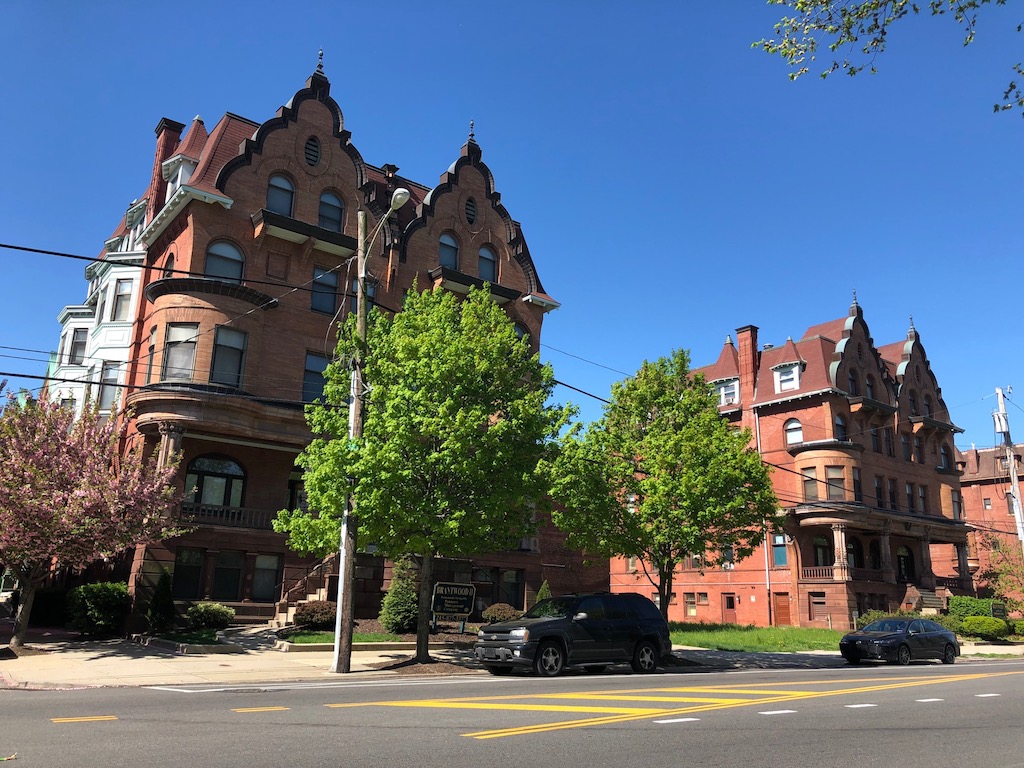

4146-48 Parkside Ave. is an exception to the rule. We imagine it resembled its neighbors on either side, but we’ll never know because it was torn down in 1974. Remarkably, the property has remained vacant ever since- but that should soon change. A reader reached out to us the other day and clued us in that developers bought the property a couple years back and are now planning a 28-unit apartment building on the site. Because this was a vacant lot when the area was designated historic, the Historical Commission can only review and comment, though to the credit of the developers, they’re planning a building that seems far more compatible with the historic district than most of the other stuff we’ve seen go up in West Philly in the last decade.
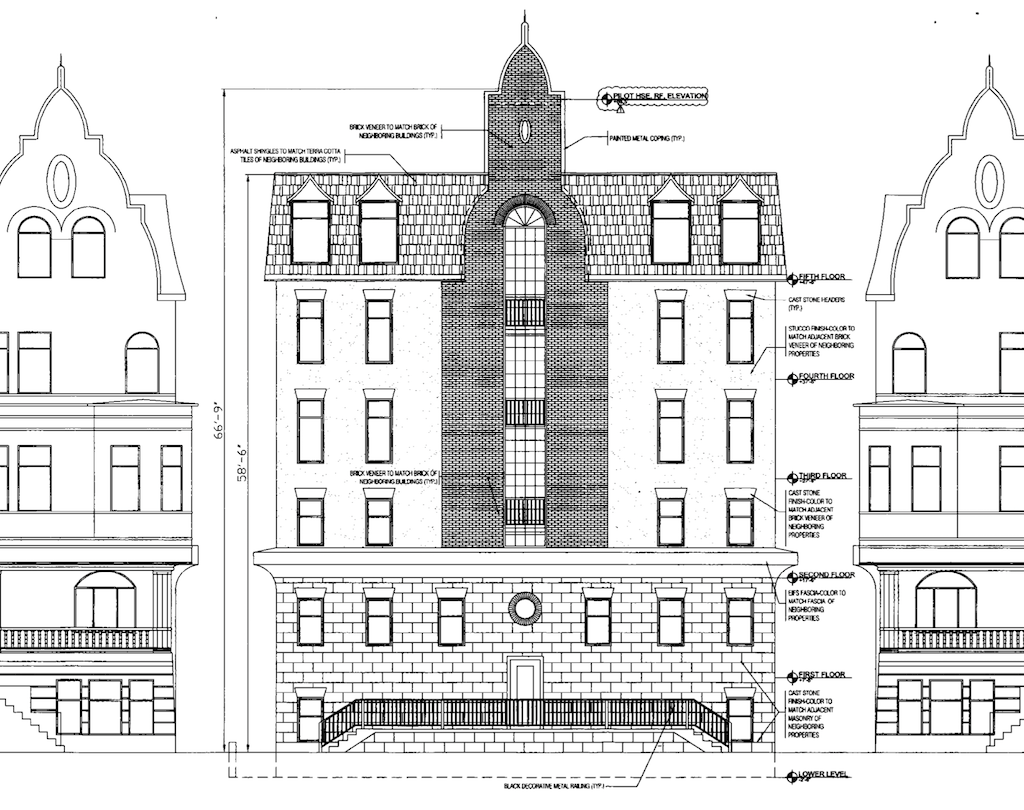
Despite these efforts, this building will still stick out like a sore thumb when considered alongside its historic neighbors. As far as we’re concerned, that’s ok. The expression that ‘they don’t build ’em like they used to’ is part of the story here, but you also need to consider the location of the project. On the 1300 block of Chestnut, Brickstone spent beaucoup bucks in delicately restoring the worn down Hale Building. But that’s a prominent building on a very valuable Center City block, so the dollars were available and the project made sense. On Parkside Avenue, where rents are on the lower end of the spectrum, we’re honestly impressed with and grateful for any efforts made to reflect the historic nature of the street. Just for a second about how much worse a big metal-clad box would look on this block, and you’ll probably feel the same way.

